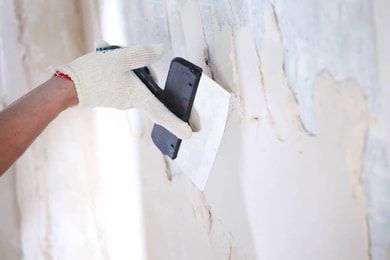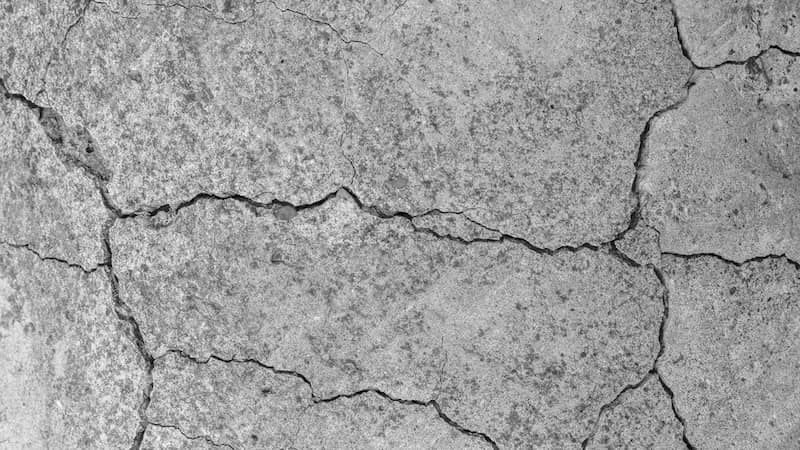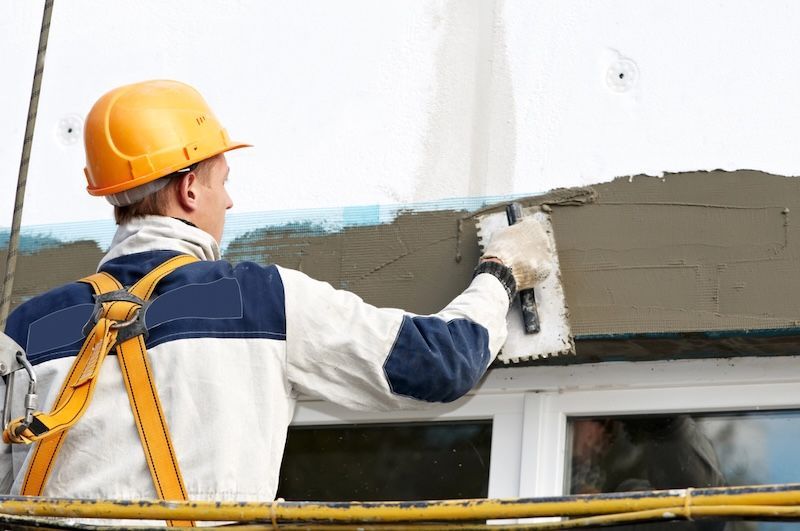When to Repair the Cracks on Your Stucco
When should stucco cracks be repaired? As a homeowner, you may have noticed that your stucco siding or walls are starting to show signs of cracking. When is it required to be fixed?
Cracks in stucco happen frequently. Cracks appear to be a manner of life for people who have stucco walls. You must comprehend how cracks form in stucco and when they require a stucco crack repair.
Types of Stucco Cracks
Stucco siding and walls can develop a number of different kinds of breaks. They develop for a variety of reasons, and each of these will influence how you fix stucco cracks. In order to determine the kinds of cracks in your stucco that you have, check for the following signs.
- Pattern Cracking: Walls in your home could develop pattern-following cracking. Most frequently, it manifests itself on your stucco as a pattern of both horizontal and vertical lines. Because of issues with the lath's installation, cracking has occurred. Most likely, it wasn't properly screwed on, which will eventually cause more cracks.
- Foam Trim Cracks: Cracks can occasionally appear in the foam trim included on stucco. When attaching the foam trim, fiberglass mesh tape should have been used to prevent cracking, as can be seen, if you look here. Once the material has expanded and shrunk, cracking will eventually result.
- Hairline Cracks: The average width of these cracks is less than 1/16 of an inch. The majority of cracks you'll encounter will be of this kind. There are numerous factors that lead to them. As plaster sets and shifts throughout construction, they are most frequent in newly built homes. Hairline cracks can occasionally be caused by construction work, drying timber, and shifting foundations.
- Diagonal Cracking: These cracks frequently occur between doors and windows and, as their name suggests, are diagonal in nature. These occur as a result of seismic movements in the base, which causes them to shift. You should take care of these cracks immediately if they are larger compared to the other cracks in your stucco siding.
- Spider Cracking: The name comes from the way that these cracks in your stucco resemble spider webs. If you notice this in your stucco, the base coat wasn't given enough time to set. This might have happened due to the excess water in the mixture, it dried too soon, or the temperature might not have been appropriate on the day it was done.

When to Get a Stucco Crack Repair
In light of this, when do you get a stucco repair when you notice cracks?
The answer is straightforward: as soon as necessary and with the stucco repair contractors of Orlando Stucco Repair Pros. You should take care of any cracks you notice straight away, no matter how minor they may be. Although it might just be minor right now, eventually it could grow and lead to further problems. That crack will be stopped in its tracks if you seal it right away.
You must also be cautious to defend your house in addition to this. The stucco can develop cracks that let water enter, which can lead to issues with mold and moisture. The earlier you get a stucco repair, the better, as these are challenging to mend if you do not really find them early.


